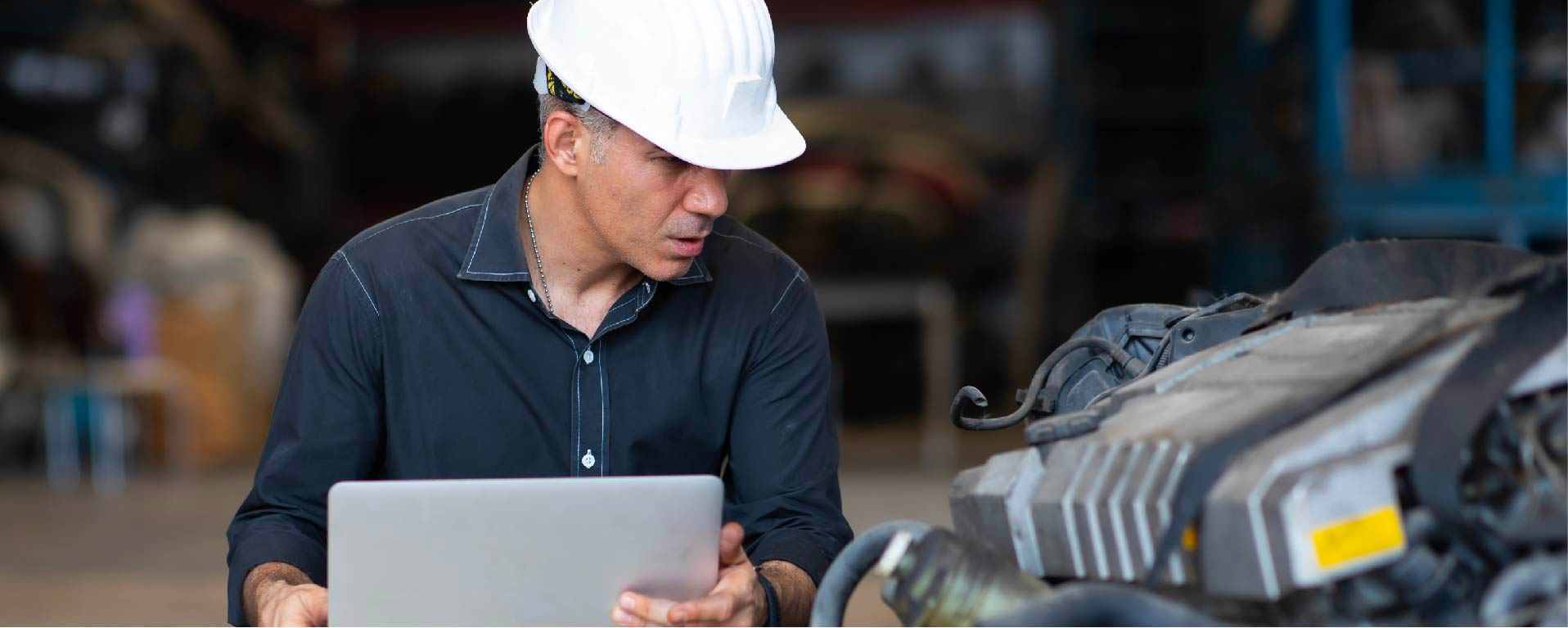
Benefits of a Multi-Site Maintenance Management Software (CMMS)
A multi-site, multi-device CMMS can help your company grow and scale with ease. Learn about other key benefits here.
Solutions
Workplace Management Solutions
Real Estate Management Solutions
Maintenance Management Solutions
Energy Management Solutions
Engineering Document Management Solutions
Asset Management Solutions
Automate campus scheduling for classes, meetings, and exams with our EMS software.
Plan and manage conferences effortlessly with EMS software to impress guests and streamline operations.
Boost workplace flexibility and maximize space use with seamless desk and room booking.
Organize workplace or campus events smoothly, creating memorable experiences.
Optimize workspace, manage allocations efficiently, and reduce costs with our space management solutions.
Deliver projects on time and within budget by improving communication, collaboration, and efficiency with our software.
Streamline lease accounting for ASC 842, IFRS, and GASB compliance.
Manage leases efficiently by tracking key dates, analyzing costs, and ensuring compliance.
Centralize data and analytics for better insights, faster negotiations, and revenue growth.
Centralize facility and asset maintenance, automate work orders, and ensure compliance with our CMMS software.
Extend asset life, reduce downtime, and prevent costly repairs with data-driven monitoring.
Prevent equipment failures and extend asset life by detecting and addressing issues early.
Make sustainable, cost-efficient energy decisions by monitoring and optimizing power consumption.
Remotely monitor and control equipment with real-time data to predict issues, boost efficiency, and reduce downtime.
Easily share and collaborate on documents, creating a single source of truth for engineers and contractors.
Manage and analyze assets across their lifecycle to schedule maintenance, reduce downtime, and extend lifespan.
Improve visibility, automate work orders, and ensure compliance for efficient facility and asset management.
Resources
Browse our full library of resources all in one place, including webinars, whitepapers, podcast episodes, and more.
Support
Looking for access to technical support, best practices, helpful videos, or training tools? You’ve come to the right place.
About Accruent
Get the latest information on Accruent, our solutions, events, and the company at large.

How do you set up effective inventory management across sites and locations? The right CMMS system can help.
Managing parts and equipment in one location is not an easy task. Managing parts and equipment in multiple locations is a job fit for a superhero. To most companies, adding new locations is a sign of success and growth. With that positive also comes the growing pains of setting up new facilities and larger amounts of inventory management.
To ensure successful company growth, there are three key considerations to ensure multiple locations are managing parts and equipment operations at their top ability and doing so for years to come.
Location, location, location. Many companies spend large amounts of money making sure the location of their storefront is in a highly noticeable area to attract customers. Companies also need to consider where their warehouses are located as well. Warehouses should be located in highly accessible locations near main thoroughfares and highways. This not only cuts cost on vehicle time and gas but it also saves on delivery fees made to and from warehouses. For example, finding a location that may be already on a main shipping route is a smart plan since it will reduce cost and time in package delivery to customers or other companies.
In addition to making sure warehouses are located in an ideal location, the layout of inventory parts within a stockroom is also a key step in organizational planning. Consider the location, design and general theme of where parts reside within a stockroom. Consistency is your best practice. When companies house stockrooms in multiple locations, they should plan for the same layout and location of parts similar to other stockrooms. This will create ease in part locating and new employees training. For example, if Stockroom A at the Dallas, TX location looks exactly the same as Stockroom B at the Austin, TX location, then training new employees or sending existing employees to subsequent stockrooms will produce ease and familiarity.
One of the best actions a company can take when expanding to multiple locations is to set processes in place for inventory activity. The first guideline to establish is how to replenish inventory. When an item becomes low in stock, the first plan of action may not be to purchase new items but to look within the maintenance software and check other company stockrooms which are in close proximity to see if there may be an overstock of this item at other locations. If excess stock exists, pull inventory from this stockroom first before purchasing new parts. This will not only save on costs and shipping but will also allow for a Last in First Out replenishment of parts. It is a detriment to a company to have parts sitting on shelves which may be one, two or even five years old. This is an inventory best practice feature.
Setting established minimum, maximum and re-order points on inventory is another great key to managing multiple locations. To avoid manually watching these levels, establish parameters and notifications within the CMMS software for when parts run low, especially critical parts. As Facilities Net explains: Managers can identify parts that technicians use frequently, as well as parts they never use, and they can match parts with pieces of equipment on which they are used. With a little analysis, managers can establish maximum and minimum stock levels, reorder points and criticality.
Another key to streamlining inventory is to use mobile scanners and barcode parts. Real-time usage of parts and inventory can save a company much on time and costs. It keeps a company from lost inventory and notifies of shortages on frequently used inventory. Barcoding and scanning can also help with tracking of parts and correct part ID usage for billing.
Lastly, ensuring a great Return Material Authorization (RMA) process is in place will give organizations the ability to track and manage returns efficiently as well as save money on items not used.
Automation is necessary for a company that is trying to streamline operations and inventory at multiple locations. This automation is found when integrating an enterprise maintenance management software into a company’s processes. Organizations use CMMS every day to not only manage maintenance needs but to streamline their facilities and inventory needs.
Furthermore, organizations are turning to CMMS to function like well-oiled machines, with many locations running together and communicating. Oftentimes a CMMS can be integrated with other internal systems to tie them all together.
The benefits of using a CMMS software are limitless. To learn more about the benefits of inventory and equipment management and CMMS integration, watch a free webinar of Maintenance Connection.
A multi-site, multi-device CMMS can help your company grow and scale with ease. Learn about other key benefits here.
Explore how leaders can meet the ongoing demand for goods while establishing a collaborative workplace among key systems, employees and internal ...
A dedicated CMMS administrator can help you implement your CMMS, configure systems, train employees, and more.
Subscribe to stay up to date with our latest news, resources and best practices.
* To unsubscribe at any time, please use the “Unsubscribe” link included in the footer of our emails.